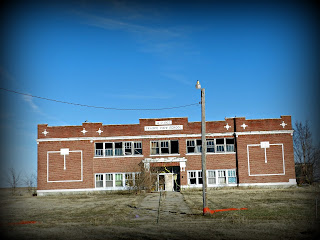A childhood friend recently posted the title of this column
on her Facebook page as a meme. It made me smile as I thought about the
upcoming St. Patrick’s Day celebration. Even those who don’t have a drop of old
Ireland in them enjoy celebrating with
corned beef and cabbage, soda bread, green beer, Irish parades, shamrocks, or
leprechaun tales. This adoption of Irish customs, even temporarily, is a recent
occurrence. In the mid to late 1800s, those of Irish heritage found more
heartache than ready acceptance.
Many such immigrants came to this country under harsh
conditions. They’d been starved out of Ireland during the potato famine or landowners
had evicted croppers from tenant farms that couldn’t feed or clothe a family. According
to emerging history, some arrived in the new world as slaves to work Caribbean
sugar cane plantations. Examining old military rolls reveals that a number of
those fresh-to-the- continent kept their bellies full by joining the U.S. Army,
where they ended up as Indian fighters in the West.
For those who find little interest in history, it’s hard to
understand that not so many generations ago, newcomers with strong brogues weren’t
welcome. Those who wanted to work found it difficult to find employment, even
if they had special skills. Walking up a street in developing communities that obviously
needed hard workers, fresh arrivals would see signs in windows that said, “No
Irish Need Apply.” Discrimination continued after death. Those who visit old
cemeteries in mining communities will see graves segregated into sections for
different ethnic groups.
Interestingly, a good number of Irish arrived in Kansas
during this settlement period. Today, schoolchildren studying American history scan
chapters filled with names such as Kennedy, Moynihan, and Keogh. According to
one source, over 70 million people living outside Ireland, many of them in the
United States, claim roots to that Emerald Isle. For those of Irish ancestry,
it’s hard to imagine our forebears not only suffered hunger, poverty, and
exploitation in the old country, but the struggle continued after they landed ashore
in New York. Fortunately, for those who kept moving west and ended up in
Kansas, life got easier.
We find towns like McCracken, named after a railroad
employee. These hardy emigrants constructed a Catholic Church almost
immediately. In Kansas Memory, we
read Irish priest Thomas Butler’s report that Kansas churches of his
denomination multiplied from three in 1854 to forty-five by 1871. He attributes
this expansion to immigration. In Marshall County, visitors can explore the
Irish community of St. Bridget established in 1862. Once there, they can tour a
lovely chapel erected by settlers. Visit any old cemetery in the area,
particularly a Catholic graveyard, to spot tombstones engraved Donnelly, Connelly,
McKee, Keaghy, O’Brien, Sullivan, and so on. These aren’t foreign names here.
This state is a great example of what can happen when people
work hard and adapt to a new culture. Most likely, you won’t hear locals
speaking with an Irish brogue, but you might see several tipping back a Guinness
to celebrate St. Paddy’s Day, even if they don’t have a drop of the blarney in
them.



